
 Tutankhamun’s face has been reconstructed by scientists, revealing a pharaoh who appears more like a “young student” than a king. An international team of academics from Brazil, Australia, and Italy used a digital model of Tutankhamun’s mummified skull to bring his features to life. The reconstruction portrays a youthful and delicate visage of a king who died over three thousand years ago when he was still a teenager.
Tutankhamun’s face has been reconstructed by scientists, revealing a pharaoh who appears more like a “young student” than a king. An international team of academics from Brazil, Australia, and Italy used a digital model of Tutankhamun’s mummified skull to bring his features to life. The reconstruction portrays a youthful and delicate visage of a king who died over three thousand years ago when he was still a teenager.

Brazilian graphics expert Cicero Moraes, a co-author of the study, described Tutankhamun’s appearance as that of a young man with a delicate face, resembling more of a young student than a politician burdened with responsibilities. This interpretation adds an extra layer of intrigue to the historical figure.

Tutankhamun, known as the “boy king,” was famously discovered by British archaeologist Howard Carter in November 1922 in Egypt’s Valley of the Kings. Reconstructing Tutankhamun’s face was particularly challenging for the international team since they did not have direct access to his skull. However, previous studies had recorded the skull measurements and provided reference images, which aided in the reconstruction process.
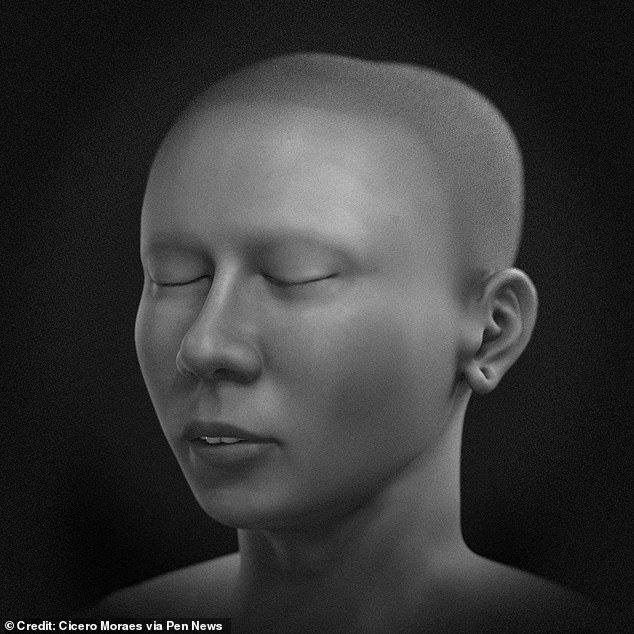
To create the digital model, the team concatenated traces of information from various sources and adjusted a virtual donor’s skull to match Tutankhamun’s proportions. They also recreated the size of the lips, position of the eyeballs, height of the ears, and front size of the nose based on statistical studies performed on CT scans of living individuals from different ancestries. Markers indicating the thickness of soft tissues in different areas were applied to the skull using data from modern Egyptians as a guide. The gradual reconstruction process aimed to create an objective representation of Tutankhamun’s face.

Subjective elements, such as eye color, were added to the reconstruction to humanize the subject further. Interestingly, this is not the first attempt to recreate Tutankhamun’s likeness. A previous reconstruction was made in 2005, and the new study’s authors noted the striking resemblance between the two reconstructions. The current reconstruction aligns with ancient depictions of Tutankhamun, including the famous depiction of his head on a lotus flower from his tomb treasure.
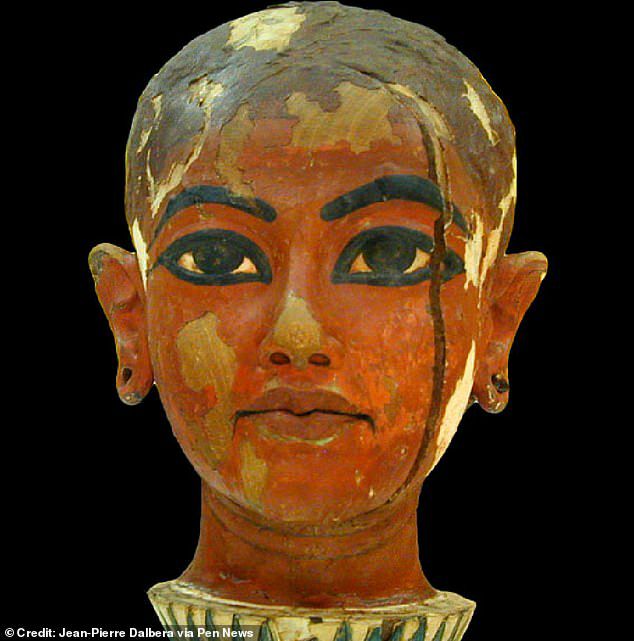
The discovery of Tutankhamun’s tomb in 1922 captivated the world’s attention. Inside the tomb, over 5,000 items were found, including a solid gold coffin, a funerary mask, thrones, furniture, and even food and wine. The project to recreate Tutankhamun’s face and head involved meticulous detective work, using available reference images, measurements, and modern techniques to reconstruct an accurate representation.

Cicero Moraes expressed confidence in the likeness they have achieved, stating that the projections and measurements are compatible with the real face in terms of general structure. The study’s authors are eager to continue studying and uncovering more pieces of ancient Egypt’s fascinating history.
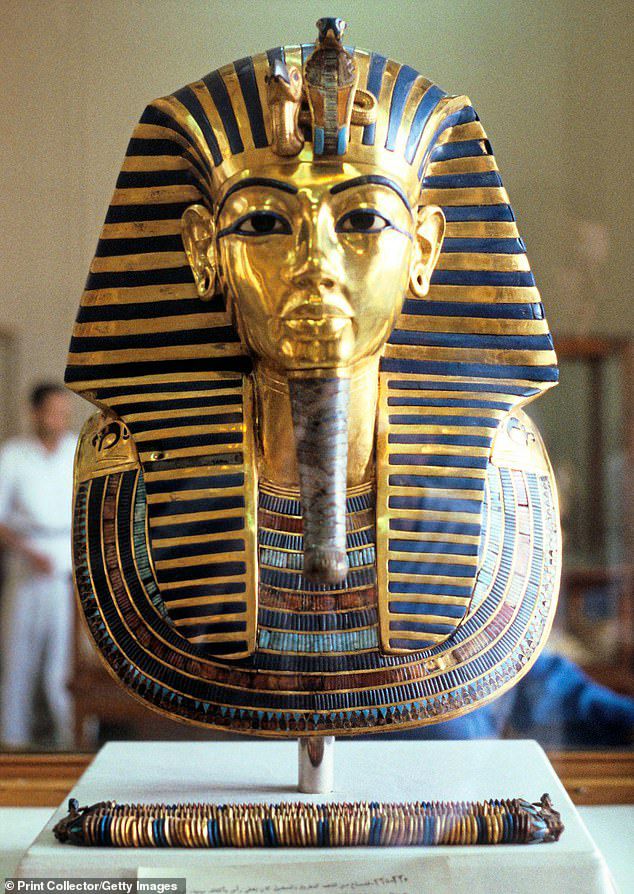
Tutankhamun, who was revered as a god during his lifetime, died in 1323 BC and was succeeded by his advisor, Ay. The study, conducted by Moraes, Dr. Habicht, and their colleagues Francesco Galassi, Elena Varotto, and Thiago Beaini, will be published in the Italian Journal of Anatomy and Embryology.

The remarkable discovery of Tutankhamun’s tomb by Howard Carter involved digging through rubble-filled passages until Carter caught a glimpse of the tomb through a small hole made in the masonry. Holding up a candle, he peered inside and famously responded to Carnarvon’s question of whether he could see anything with, “Yes, wonderful things.” The tomb, consisting of four rooms, contained over 5,000 royal treasures, including a dagger made from meteorite. These treasures had remained untouched for over 3,000 years. The innermost coffin within the chamber held the body of the Boy King.
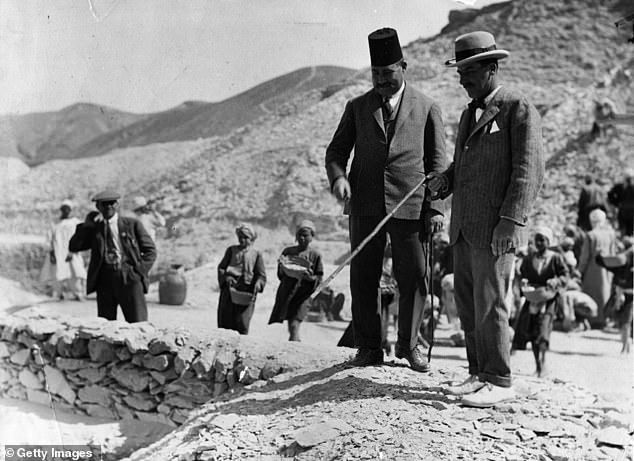
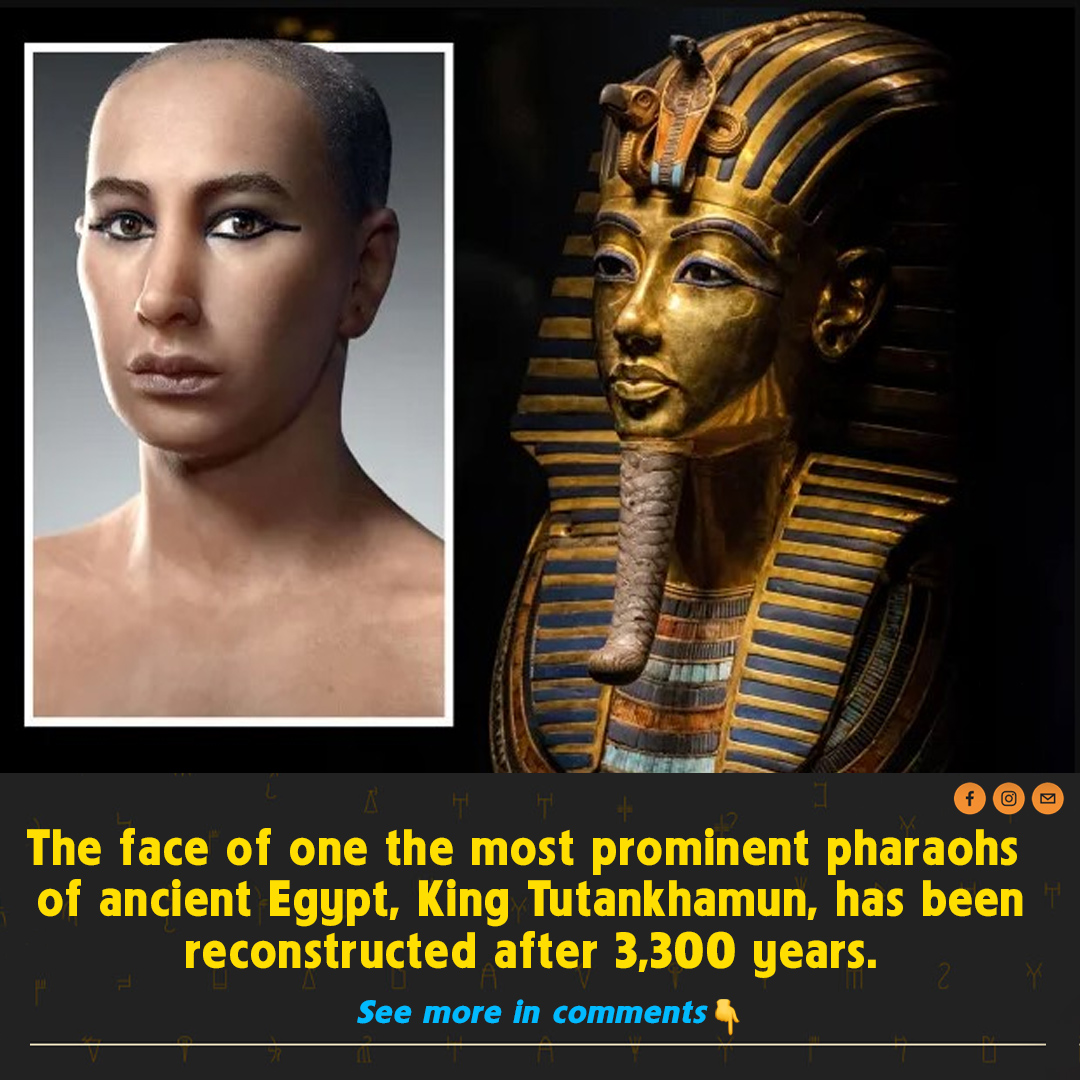


 Scientists in Siberia are claiming to have found the frozen remains of a new distinct species of pygmy mammoth. If confirmed, this could be proof that more than one species of dwarf mammoth once roamed Ice Age Earth.
Scientists in Siberia are claiming to have found the frozen remains of a new distinct species of pygmy mammoth. If confirmed, this could be proof that more than one species of dwarf mammoth once roamed Ice Age Earth. “We are yet to discover whether this is an anomaly, or something quite typical for this area – when a grown-up mammoth looks like a pygmy,” Dr Protopopov told the Siberian Times.
“We are yet to discover whether this is an anomaly, or something quite typical for this area – when a grown-up mammoth looks like a pygmy,” Dr Protopopov told the Siberian Times.